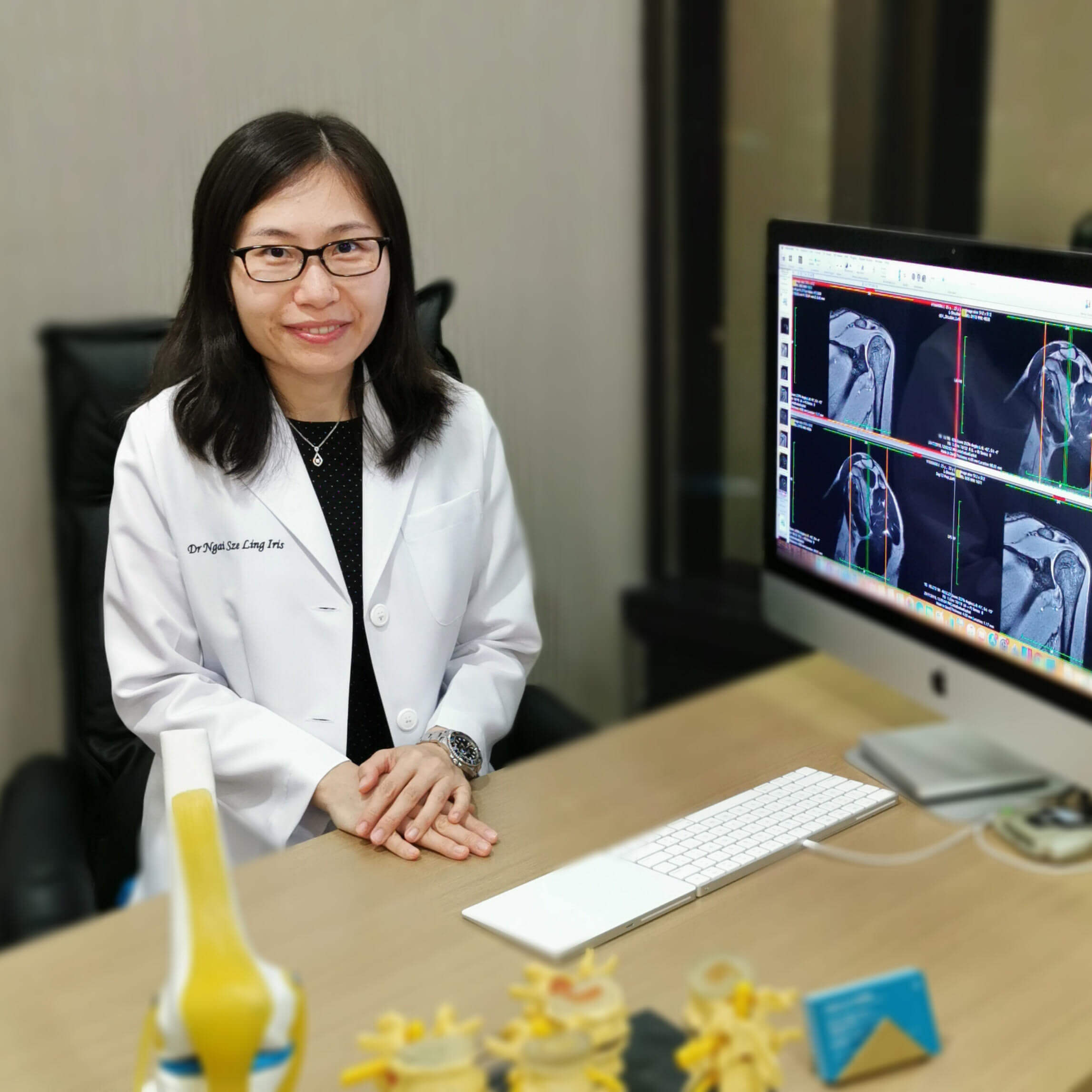Knee Arthritis
Knee arthritis is the most common cause for knee pain. Arthritis can be happened in knee, hip, spine, shoulder, hand and wrist and ankle, of which knee is the commonest site for osteoarthritis. Arthritis can be grossly classified as degenerative osteoarthritis, rheumatoid arthritis and post traumatic osteoarthritis. Of which Degenerative osteoarthritis is the most commonly seen disease in knee joint.
Degenerative Osteoarthritis
Osteoarthritis occurs when the protective cartilage that cushions the end of the bones wears down over time. As wearing process goes on, there will be decrease in joint space and osteophytes formation. The cause of osteoarthritis can be primary or secondary. It usually happens after age of 50 as it is a disease related to aging. People who are overweight, or required to lift heavy objects frequently may have osteoarthritis earlier than usual individuals. Symptoms of osteoarthritis include pain, stiffness, poor muscle power, difficulty in squatting, deformity etc.
Rheumatoid arthritis
Rheumatoid arthritis is an autoimmune disease causing chronic inflammatory disorder of the joints. Unlike degenerative osteoarthritis, which is “wear-and-tear” damage of the joints, Rheumatoid arthritis will cause synovitis of the joint, causing cartilage and bone erosion, finally joint deformity. Rheumatoid arthritis is a systemic disease, it will also affect other joints like hands, wrists, foot and ankle joints. Symptoms of rheumatoid arthritis include pain, swelling, morning prolonged joint stiffness.
Post-traumatic arthritis
As the name mentioned, it is due to trauma to the knee joint. Cartilage damage, cruciate ligament tear, meniscal injury or lower limb injury may aggrevate the process of joint arthritis.
Diagnosis of knee arthritis
Doctors will take a detailed medical history of the patients and the family history and perform clinical examination for diagnosis. Blood test (Rheumatoid Factor, ESR, CRP, and auto-antibodies like RF, ANA) is also used to rule out rheumatoid arthritis. If there is knee joint effusion, doctor will perform knee joint aspiration to help diagnose septic arthritis and gouty arthritis. X-ray and MRI are also needed to look for cartilage damage, synovitis, cruciate ligament tear and meniscal injury.
Management for knee osteoarthritis
For early osteoarthritis patients, doctors will first suggest lifestyle modification like weight control, to decrease the load of the knee joint. Activities that will increase the load of knee joint, e.g. running, jumping needed to be reduced. If there is active exacerbation of the osteoarthritis causing knee pain, medications (Non-steroidal anti-inflammatory drugs, analgesics), intra-articular steroid injection or hyaluronic acid injection will also be helpful in terms of pain control and reduce inflammation. If knee pain persists despite the above measures, or there is joint deformity. Operation will be suggested including knee arthroscopy or knee replacement surgery.

Author
Dr. Ngai Sze Ling Iris
MBChB(CUHK), MRCSEd, FRCSEd(Orth), FHKCOS, FHKAM(Orthopaedic Surgery)
 Book an Appointment
Book an Appointment


